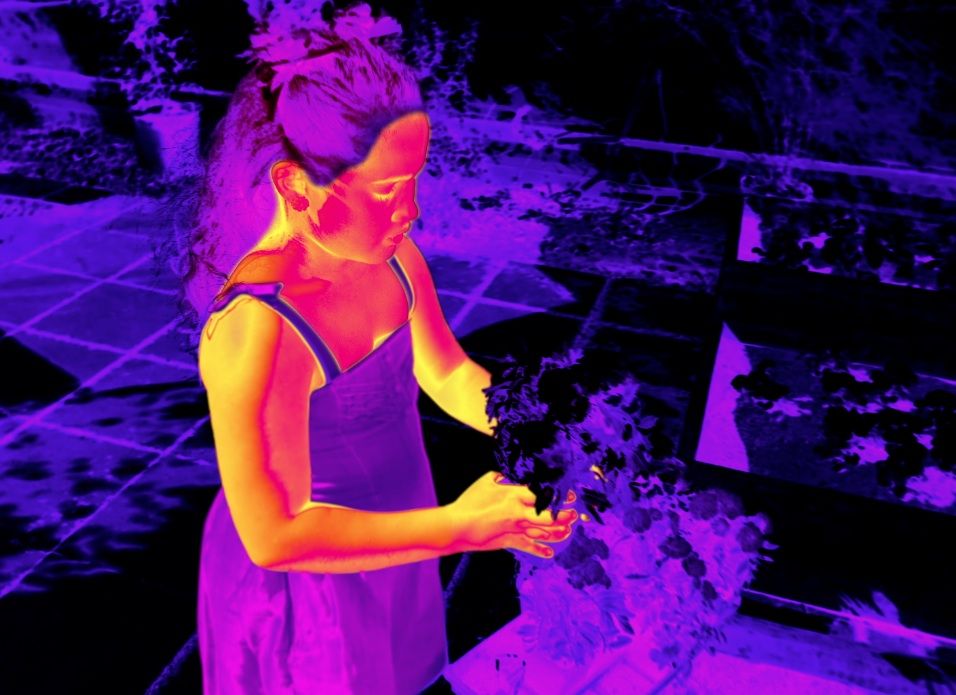Humans can only see a limited range of all of the light that is in the universe. As learned in class, there is UV, radio, infrared, and Gamma ray waves. The light we can see is a small portion between the UV and infrared waves, but other animals rely on their ability to see light which we cannot. Bees are able to see Ultraviolet light which is reflected by flowers containing nectar, and snakes are able to see infrared light which is produced by anything that produces heat. These abilities to see more light is necessary for survival. Attached to this post is an image of what it is like to perceive infrared light, more details on the subject can be found here. Animals also have different levels of visual acuity which is the ability to see details. If a frog were to look at a page of a book, it would only see a gray blob. I think it is very interesting to note that every species sees the world in a different light, quite literally.

Hi Corey,
I have also always wondered what it would be like to be able to see wavelengths of light past our visible light spectrum. It is impossible for humans to even imagine a “new color”, much less fully grasp how entire other sections of the EM spectrum would be shown to our eyes. Tools that can read those wavelengths and display them to us in the form of pictures have to resort to a conversion to visible light, like the image of the girl in your post. Maybe one day, we can experience true “x-ray” vision, as in, see which objects give off x-rays! Until then, we’ll have to stay curious.
Thank you for sharing that National Geographic article with us!
Vivian Li
LikeLike
From a TA:
There’s a really interesting piece of photography that has been trending recently where someone used ultraviolet filter to film the fluorescence of various kinds of flowers.
https://mymodernmet.com/craig-burrows-uv-flowers/
Different wavelengths of light can reveal all kinds of interesting phenomena
LikeLike